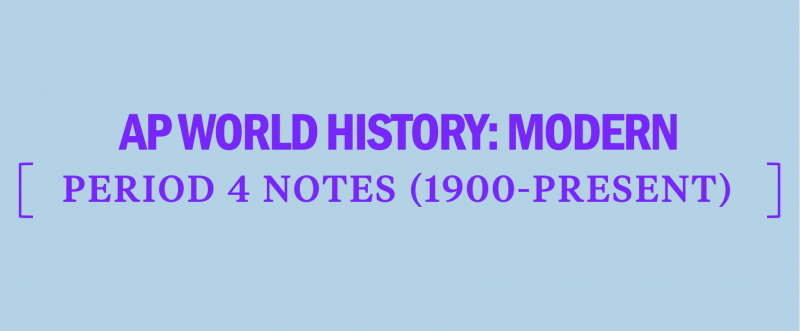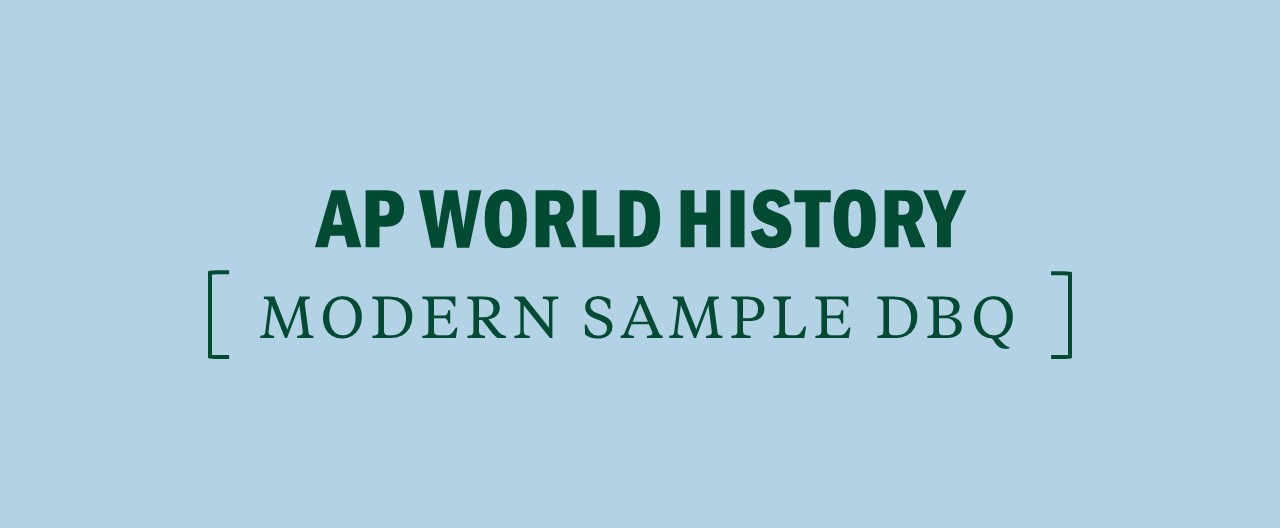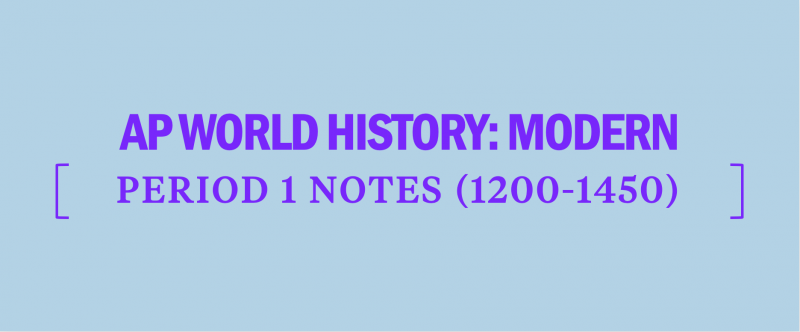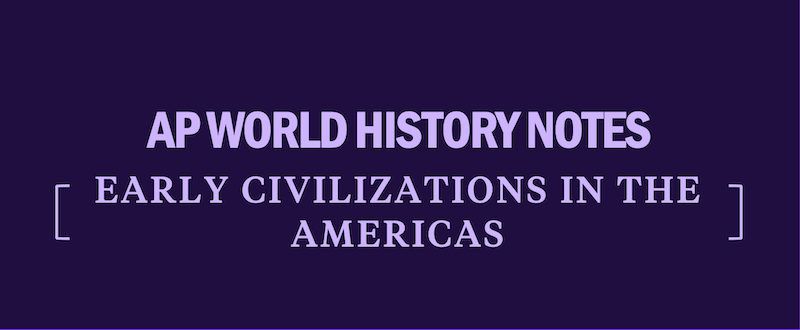AP World History: Modern — Period 4 Notes (1900-Present)
Key Takeaways — AP World History Modern Period 4 (1900-Present)
- Military conflicts are central to understanding the course of the twentieth century and the current system of states and international organizations. The world wars led to rapid advances in technology, including medical technology, which has helped the global population increase to over seven billion. Some current regional conflicts like those in the Middle East are the legacy of the world wars.
- Revolutions and nationalist movements played an important role, especially in the period of de- colonization after WWII. Some existing countries experienced revolutions, like China and Russia, while other countries were created through nationalist movements, like Vietnam. Some current regional conflicts are the legacy of these movements, such as the dispute between India and Pakistan over Kashmir.
- In the second half of the twentieth century into the present, political and economic reforms reshaped interstate relations, and the world economy became more integrated. The fall of the Soviet Union, the opening of Chinese trade with the United States in the 1970s, the formation of the European Union, and the population and industrial growth of states have led to significant structural changes.
- Advances in computer technology, especially the growth of the Internet from the 1990s to the present, have changed economic and social structures. While this technology brought about new ways of communication and has fundamentally changed economies in the developed world, it has also led to new types of crime, such as hacking and identity theft.
- Over the course of the twentieth century, social structures changed to include more rights for minority groups and women. The decline of traditional social structures has been caused by many factors, such as changes in the workforce, new concepts of human rights in the post-WWII period, and the rapid growth and industrialization of the global south.
- Globalization in the economic and cultural spheres also increased, including the advent of mass culture based on new communications technologies like radio, television, and the Internet. This has accelerated changes caused by the other significant events in the period, such as the world wars, the expansion of human rights, and the interconnection of global trade.
AP World History Key Terms: Period 4 (1900-Present)
Remember that the AP World History exam tests you on the depth of your knowledge, not just your ability to recall facts. While we have provided brief definitions here, you will need to know these terms in even more depth for the AP exam, including how terms connect to broader historical themes and understandings.
Origins of World War I
- Alliances: A formal system of treaties binding participant states to mutual military aid in the case of attack by a third party.
- Militarism: System of national organization that prioritizes military spending and glorifies conflict and military service; examples include the British Empire and the Soviet Union.
- World War I: Global conflict that began in Europe in 1914 and continued until November 1918, concluding with the Treaty of Versailles in 1919.
World War I
- Total war: Style of warfare which reorders national economies toward war and includes civilians as targets; movement away from rules of limited engagement in the seventeenth and eighteenth centuries; common examples are World War I and World War II.
- League of Nations: International organization created after World War I as part of the peace effort; weakened by the absence of the United States, which never joined, and the Soviet Union, which was expelled; precursor to the United Nations; dissolved prior to World War II.
- Mohandas Gandhi: Leader of the Indian Independence Movement known for a strategy of nonviolent resistance and civil disobedience; inspired later leaders like Martin Luther King, Jr., and the Dalai Lama.




